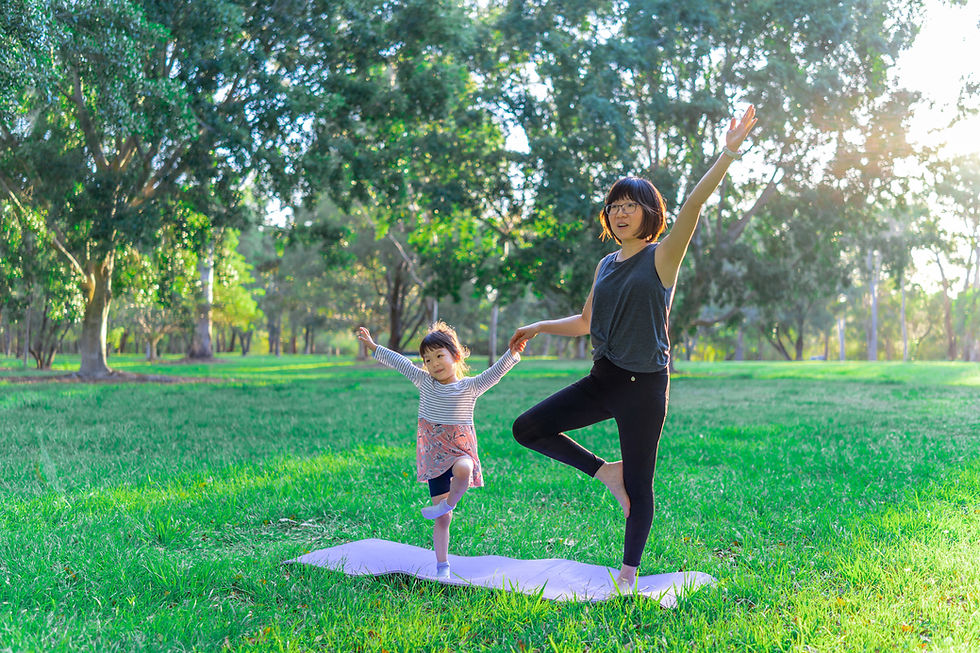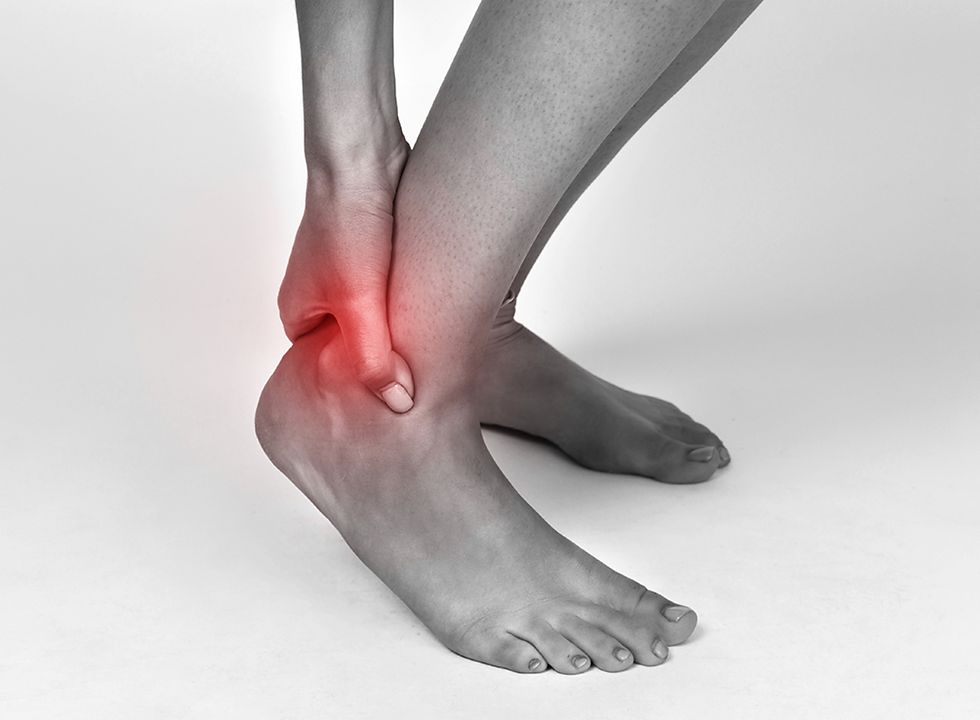How to improve balance at home
- Peter George

- Jan 24, 2022
- 2 min read
Balance Falls Risk Falling Home Walking Standing Exercise Balance Training Fall Prevention Strength Strong Muscle Core Quads Hamstring Calves Posture Physical Function Confidence Flexibility Improvements Quality of life Reduce fear of falling

Unfortunately falls can occur throughout our lifetime yet they can become more common as we get older. Did you know that 30% of adults 65 years and over will experience at least one fall per year. In Australia falls related incidents remains the leading cause of injury-related deaths with roughly 200,000 falls each year resulting in hospitalisation. Unfortunately as we get older our chances and risk of falls dramatically increase, this is due to several changes that individuals can experience such as worsening vision, medications, anxiety or fear of falling, reduction in strength and muscle mass.
All the risks that have been stated above can be managed and changed to help minimise the risk of falls.
1. Home Safety: Have a look around your home and see if there is anything may pose as a tripping or falls hazard. Things such as;
Repair or remove loose rugs and floorboards from your home.
Use non-slip mats in your bathtub or shower.
Remove any clutter such as cables.
Make sure you have lighting throughout the house.
Install railings if needed.
Wear shoes that are supportive and protective.
2. Exercise and Balance Training: Exercise is one of the best ways to reduce falls risks, generally the more we exercise the better our strength and balance will get.
Exercises that can help to reduce the risk of falls include:
Balance training: these type of exercises challenge your balance to improve your stability and confidence.
Resistance/ Strength Exercises: body weight exercises such as Sit to Stand and knee extensions are a fantastic way to strengthen your leg muscles
Flexibility exercise such as daily stretching is high recommended and evidence has shown to have large benefits.
Cardiovascular exercise that are low impact including walking, swimming or cycling.
3. Eyes Ensure to have an annual eye test to observe for any visual deterioration including cataracts and other eye or vision changes.
4. Ears Ensure to have an annual hearing test to observe for any hearing loss or deterioration as hearing loss has been known to increase the risk of falls. Dizziness can also contribute to falls including Vertigo and other inner ear problems.
5. Education
A great way to reduce risk is to educate yourself on all the steps you can take to improve your own safety. Ensure you are aware of any side effects of medications you are taking as some medication can have effect balance, vision or hearing so learn about this through your Doctor or Pharmacist.
If you have any questions, feel free to book an Exercise Physiology session online or send an email at info@urbanphysiotherapy.com.au



Comments